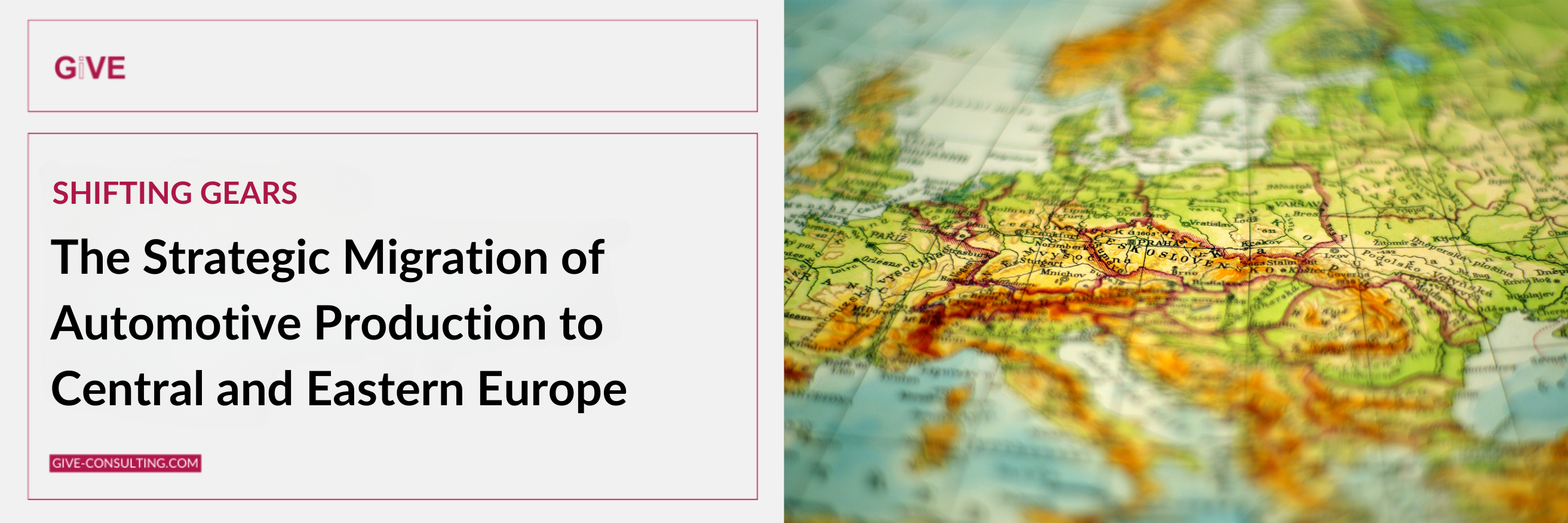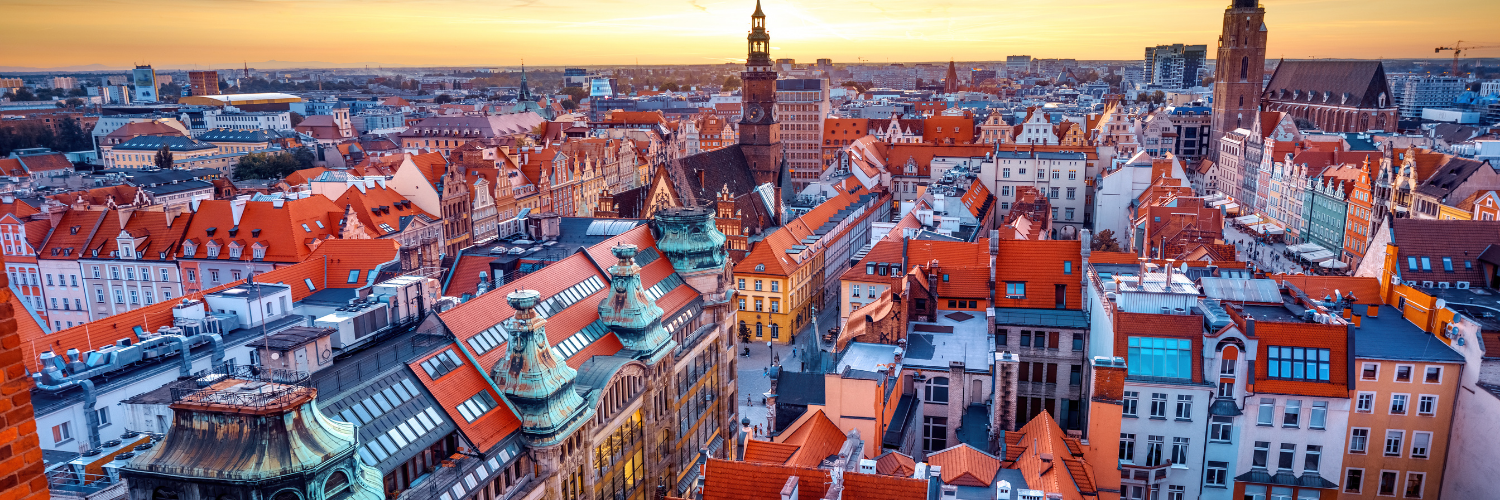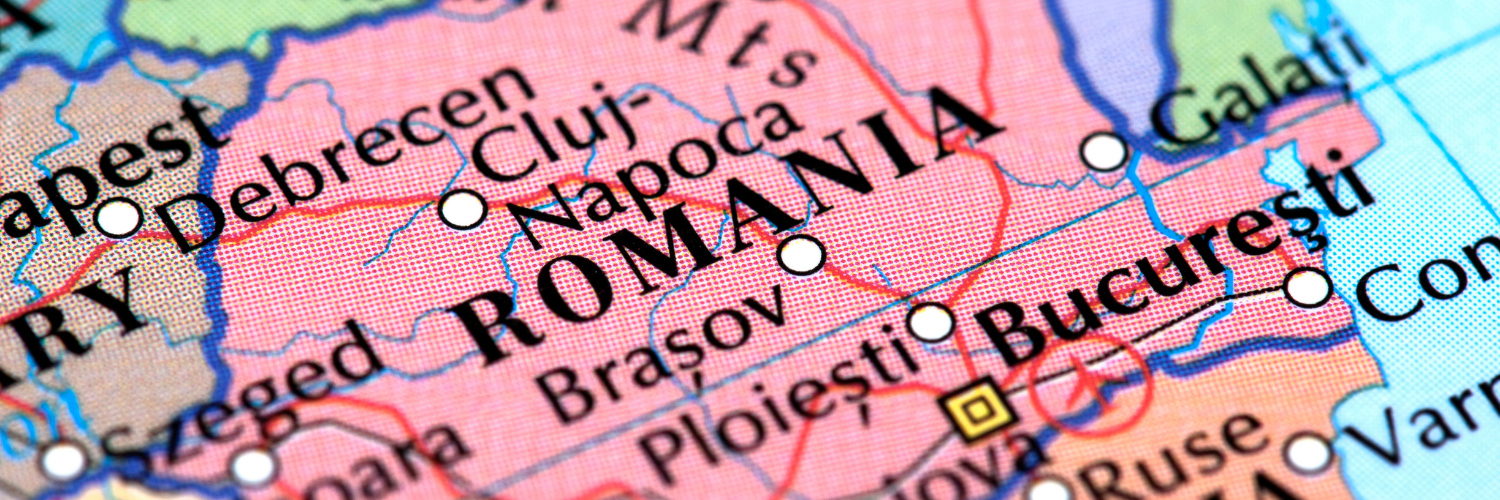
Photo credit: PhotoMIX-Company für Pixabay (via Canva pro)
Relocation of production by suppliers to the automotive industry: focus on Central and Eastern Europe (CEE)
Lower labour and production costs, more favourable tax conditions, less complex regulations, access to expanded sales markets: According to a study by the Cologne Institute for Economic Research (IW), German companies invested around 14% of their foreign investments in Central and Eastern Europe between 2010 and 2018.
uppliers to the automotive industry are no exception. Since the end of the Cold War, there has been an unbroken trend of production relocations to this region, which has grown to become the most important procurement market for the German automotive industry in recent decades. The steady growth is also illustrated by Eurostat figures on vehicle parts imports. In 2019, around 79% more automotive parts were imported to Germany from this region than in 2010. Five of the ten most important supplier countries are now located in this region.

In the following, we take a closer look at the most important target countries and show why they are interesting for German companies.
Important target countries for production relocations:
In addition to China and India, the CEE countries, Poland, the Czech Republic, Hungary, Romania and Slovakia have been the main target countries for German production relocations over the past 20 years. These countries are characterised by high economic dynamism, a skilled workforce, good infrastructure and, in some cases, geographical proximity to Germany. This enables companies to organise their logistics and supply chains efficiently and at the same time react flexibly to market requirements.
Of the €60.2 billion worth of vehicle parts imports to Germany in 2019, €26.4 billion worth of parts (43.85%) came from the aforementioned CEE countries alone.
In the following, we will take a closer look at the most important target countries in recent years and analyse why they are so important.
1. Czech Republic
The automotive industry plays a central role in the Czech Republic and has a wide range of supplier industries, including electronics and electrical engineering, metal processing and rubber and plastics processing. Since the political opening and Volkswagen's entry into Škoda Auto in 1990, numerous original equipment manufacturers (OEMs) and high-performance suppliers have established themselves in the Czech Republic. This trend has been favoured by the country's technically well-trained specialists, low wages, investment incentives and premium logistical location.
German companies play a key role in this, and the shared border and tradition as industrialised and automotive countries have further strengthened this partnership. However, joint ventures between manufacturers from other countries, such as that of Toyota and PSA Peugeot Citroën in Kolín and Hyundai's European plant in Nošovice, also underline the country's attractiveness for the automotive industry. In 2019, Germany imported almost 7 billion euros in automotive parts from the Czech Republic, with the focus on body parts, brakes, electrical lighting and signalling devices, as well as windscreen wipers and freezers. Companies such as Hella Mohelnice, Continental Automotive Czech and Knorr-Bremse ČR make an important contribution to this.
Czech suppliers have experienced impressive growth in recent years. The turnover of suppliers has almost doubled since 2010 and reached around 26.7 billion euros in 2019. The export orientation is particularly pronounced, and "Czech-made" parts can be found in many European vehicles.
2. Poland
Poland, with a long tradition in automotive manufacturing, has become one of the leading suppliers of parts and components in Europe. The favourable geographical location and high level of expertise combined with low labour costs have prompted many automotive manufacturers to relocate parts of their production to Poland.
Developments in the Polish automotive industry are running parallel to the growing importance of electromobility. A significant proportion of the batteries for electric vehicles manufactured in Europe already come from Poland. This success is the result of investments in innovative technologies and adaptation to the requirements of Industry 4.0.
Between 2017 and 2021 alone, the value of battery exports increased sevenfold and 30% of all batteries for electric vehicles manufactured in Europe come from Poland. Local supply chains are created by investments in the battery market, as in the case of the Polish plant of SK Nexilis, which will supply copper foil worth up to 1 billion euros to the Swedish battery manufacturer Northvolt from 2024. This development makes Poland not only an important supplier of batteries, but also a key player in electromobility.
3. Hungary
The automotive and automotive supply industry has developed into one of the key economic sectors in Hungary, and the country is playing an increasingly important role as a production location for suppliers to the automotive industry. The automotive supply industry accounts for around half of total production in Hungary's automotive sector. The export ratio of this industry was an impressive 81.5 per cent in 2020, which underlines the strong international orientation of Hungarian suppliers.
The Audi subsidiary Audi Hungaria in Győr plays a key role in Hungary's automotive industry, producing not only engines but also passenger cars since 1998. Audi Hungaria is a major client for local companies, and the company places orders worth 1.6 billion euros with local suppliers every year. Other foreign car manufacturers such as Daimler and Suzuki are also active in Hungary and contribute to the demand for supplier products.
The Hungarian government is pursuing ambitious goals to increase value creation in the country and better position domestic suppliers in global value chains. A special funding programme is intended to support investment in the modernisation of supplier companies and bring them up to the latest technological standards.
More than 40 of the world's 100 largest automotive suppliers are active in Hungary, including well-known German companies such as Bosch, Continental, ZF, ThyssenKrupp and Schaeffler. These companies not only supply the automotive plants based in Hungary, but also export the majority of their production to the European Union, particularly to Germany.
The investment-friendly nature of Hungarian economic policy, high subsidies and its central location in Europe make Hungary an attractive production location for foreign suppliers. The strong presence of major automotive groups has led to many foreign suppliers setting up their own plants close to important customers.
One interesting trend is the investment boom in the field of electromobility. Several companies, including Samsung SDI, SK Innovation and GS Yuasa, are building up capacities for the production of batteries and battery cells in Hungary. This trend will be further strengthened by BMW's decision to build a new plant for the production of electric cars in Debrecen. This makes Hungary an important production hub for e-car batteries in Europe.
4. Romania
In recent years, the Romanian automotive industry has developed into an important production location for suppliers and is firmly integrated into the supply chains of European car manufacturers. Parts from Romania can be found in almost every car produced in Europe. In particular, system suppliers for components such as wiring harnesses, fittings, tyres, sensor technology and lighting systems benefit from the relatively low labour costs compared to the rest of the EU.
The increase in investments by suppliers is favoured by various factors: One driver is the investments by Dacia (part of the Renault Group) and Ford Otosan. Both companies are increasingly focussing on electromobility and aim to integrate local suppliers more closely into their production chains. The switch to all-electric cars has led to a growing demand for battery production and increased investment from companies such as Varta, Rock Tech Lithium and Prime Batteries Technologies. Romania is therefore also becoming an interesting location for suppliers along the battery production value chain.
Another factor is the war in Ukraine, which is leading to production being relocated here from Russia. Finnish tyre manufacturer Nokian Tyres, for example, is planning to invest 650 million euros in a production facility in western Romania.
The software industry is also playing an increasingly important role in Romania. The state promotes the IT sector through tax concessions and companies have the opportunity to participate in EU funding programmes. German suppliers such as Continental and Bosch, which programme software for various vehicle components, also benefit from this.
5. Slovakia
The economic transformation initiated in the early 1990s enabled Slovakia to make an impressive rise to become a car country. The collapse of armaments and heavy industry led to the release of metalworkers, while privatisation created new entry-level opportunities. Slovakia set itself apart from other countries in Central and Eastern Europe early on, scoring points with investment incentives, a flat tax regime and accession to the European Union in 2004 and the introduction of the euro in 2009, attracting companies such as Volkswagen, PSA Peugeot Citroën (now Stellantis), Kia Motors and Jaguar Land Rover. These companies created jobs and also attracted numerous vehicle suppliers in the wake of their production.
The investment promotion agency SARIO counts around 350 automotive suppliers in Slovakia that are closely linked to international and, in particular, German value chains. Slovakia has established itself as a supplier of various automotive components, including shock absorbers, steering elements, structural body components, wheel arch liners, underbody panelling, brakes, drive axles, tyres and electrical lighting and signalling devices.

New production sites in Central and Eastern Europe
While the Czech Republic, Poland, Hungary, Romania and Slovakia attracted automotive suppliers early on and have maintained their important position as production locations to this day, Serbia and North Macedonia have also been successfully integrated into the German automotive industry's supply chains in recent years.
Serbia
For around a decade, Serbia has established itself as an important location for foreign automotive and automotive parts manufacturers. The Fiat plant in Kragujevac, which has been producing the Fiat 500L since 2008, is an example of Serbia's appeal. Since then, many foreign companies have set up shop here to take advantage of the favourable production costs and strategically favourable location.
While labour-intensive production steps in particular were initially relocated to Serbia, the focus today is increasingly on technology. German companies such as ZF, Continental, Brose and Bosch operate their own research and development centres in Serbia, which is due to the availability of highly qualified specialists. The Serbian government is supporting this development by providing financial incentives and creating favourable conditions for investors.
The figures for German imports from Serbia prove the success of this strategy. Impressive growth rates of up to 482.8 per cent were recorded between 2010 and 2019, particularly for automotive electrics, chassis, bodies and ignition cable sets.
North Macedonia
North Macedonia has also developed into an attractive location for Tier 1 and Tier 2 suppliers to the automotive industry. This success is based on a targeted reform programme and the government's proactive approach to investors. The creation of special economic zones, the so-called Technological and Industrial Development Zones (TIDZ), has made a significant contribution to the development of the automotive sector in North Macedonia. After Johnson Controls kicked things off in 2007 with a USD 40 million investment, German companies in particular set up operations in the TIDZ economic zones in order to benefit from the special conditions and the industrial infrastructure available there.
Corporate strategy and decision-making factors
The decision to relocate production depends on many factors and each company pursues its own strategy. In addition to economic considerations, cultural, political and legal aspects also play a role. In the following, we take a closer look at the critical issues involved in relocating production by highlighting the advantages and challenges:
Advantages of relocating production
The relocation of production can offer the following strategic and economic advantages:
- Cost savings through
- lower wages
- Energy costs
- Tax incentives
- Customer proximity
- Faster response to demand
- Efficient optimisation of supply chains
- Access to local expertise and innovations
- New business opportunities
The challenges of relocating production
Despite the numerous advantages, production relocations are associated with various challenges:
- Initial investment
- Adaptation to different legal and cultural frameworks
- Potential impact on employment and corporate image
- Questions
- for know-how protection
- the quality standards and qualifications of the labour force
- political stability
- Currency risks
Conclusion:
The relocation of production in the automotive industry to Central and Eastern Europe is an ongoing trend that is driven by various factors. The search for cost efficiency, skilled labour and tax advantages is motivating German companies to invest in this region. A look at the past shows that CEE countries are not only regarded as cost-effective production locations, but also as strategically important partners for German industry. However, companies should continue to carefully weigh up which factors are most relevant to their individual situation in order to realise a sustainable and successful relocation of production.



